The Parasaurolophus is the best known of the duck-billed dinosaurs. It is easily recognizable by its long bony crest at the back of the skull, reaching 1.8m long. It moves on all fours but could stand on its hind legs.
Now, you can get Parasaurolophus coloring pages here. The collection of Parasaurolophus coloring pages are available free of charge. Happy coloring.
Free Parasaurolophus Coloring Pages
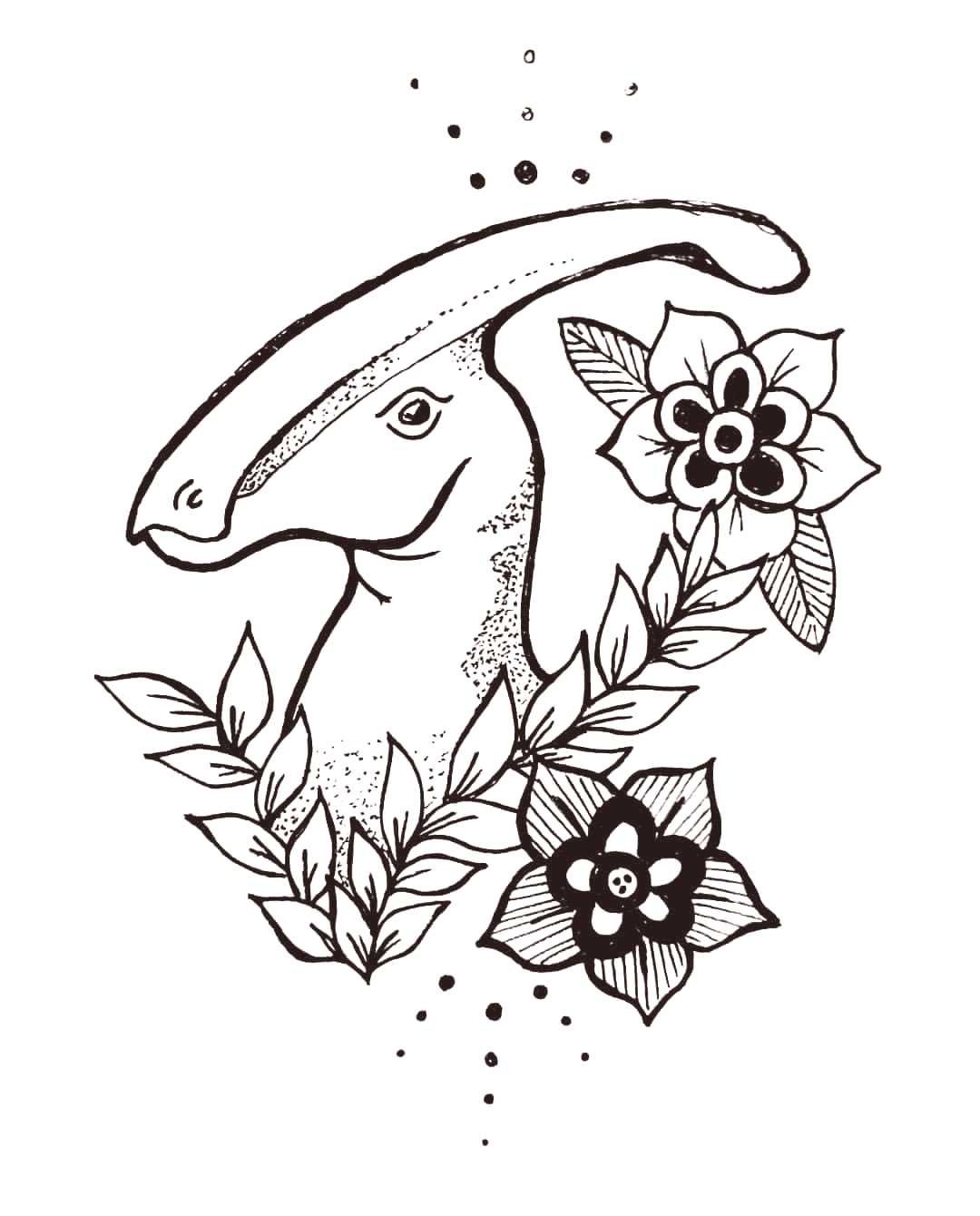
adult parasaurolophus coloring pages 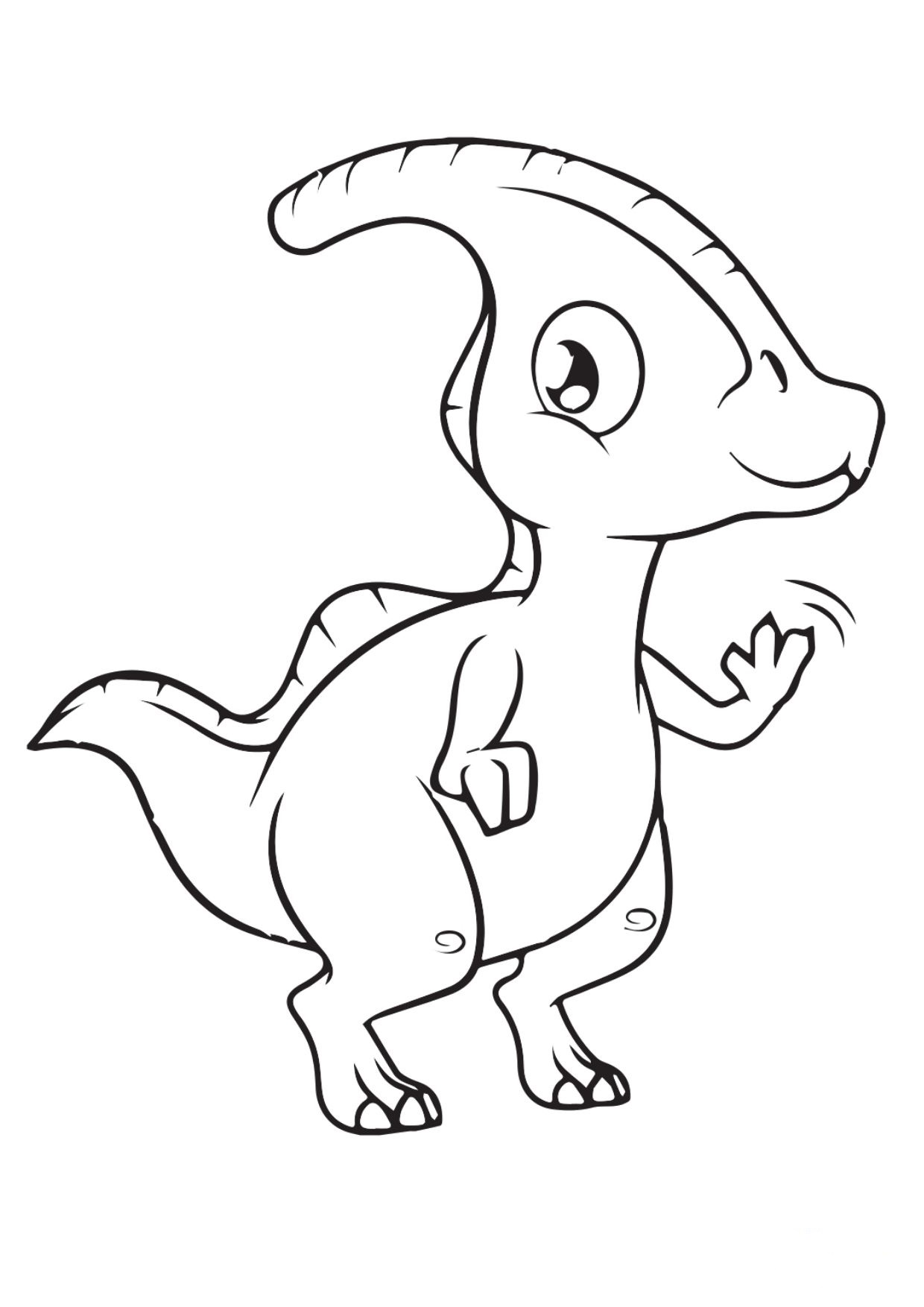
baby parasaurolophus coloring pages 
cartoon parasaurolophus coloring pages 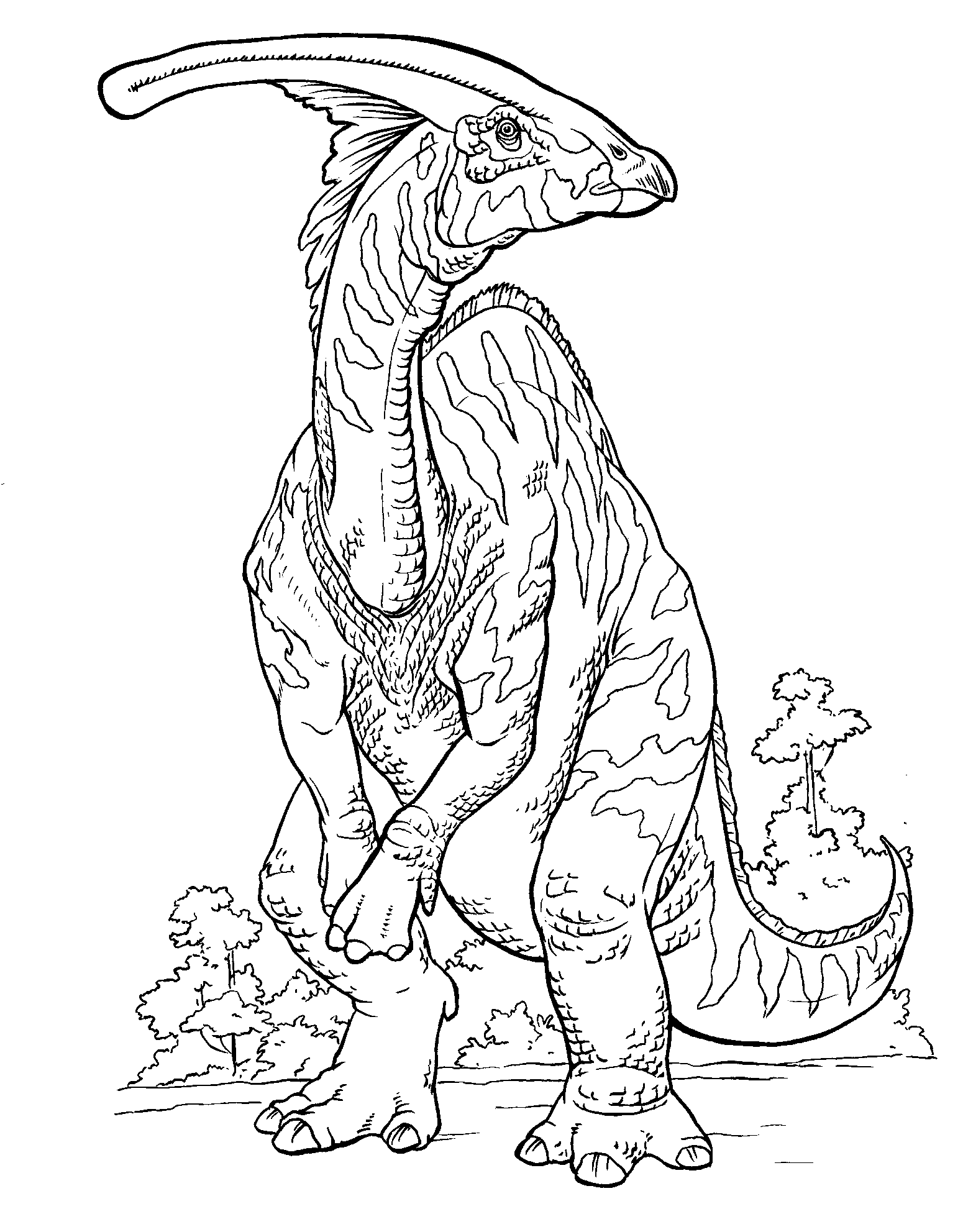
coloring pages parasaurolophus 
dinosaur parasaurolophus coloring pages 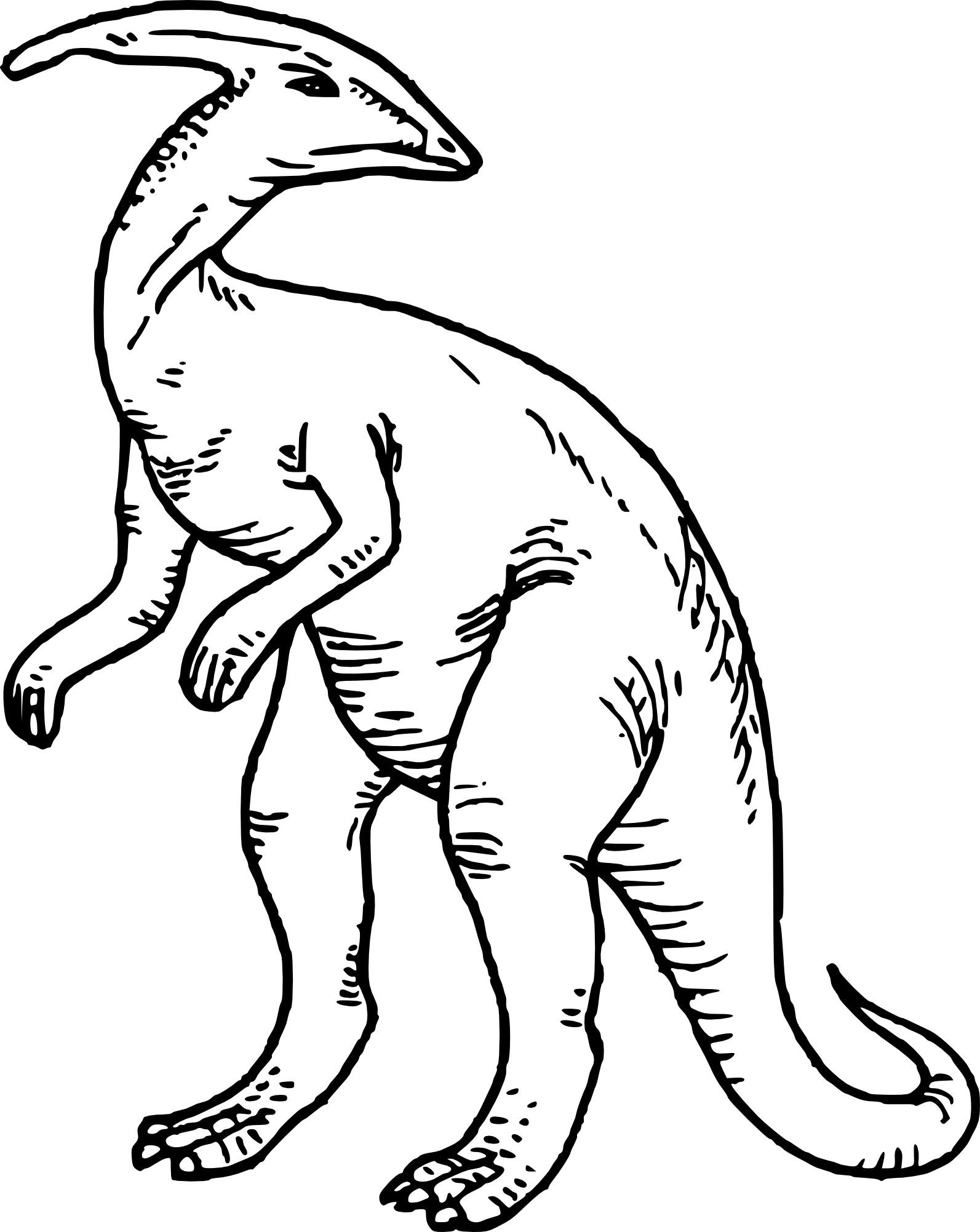
free parasaurolophus coloring pages 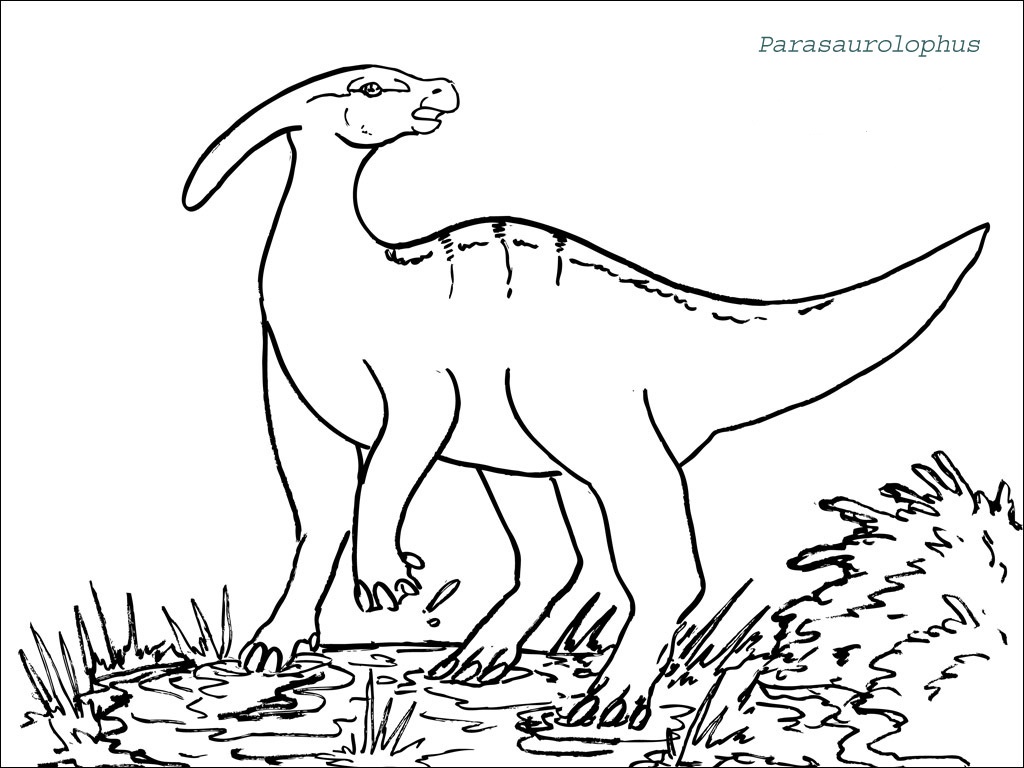
free printable parasaurolophus coloring pages 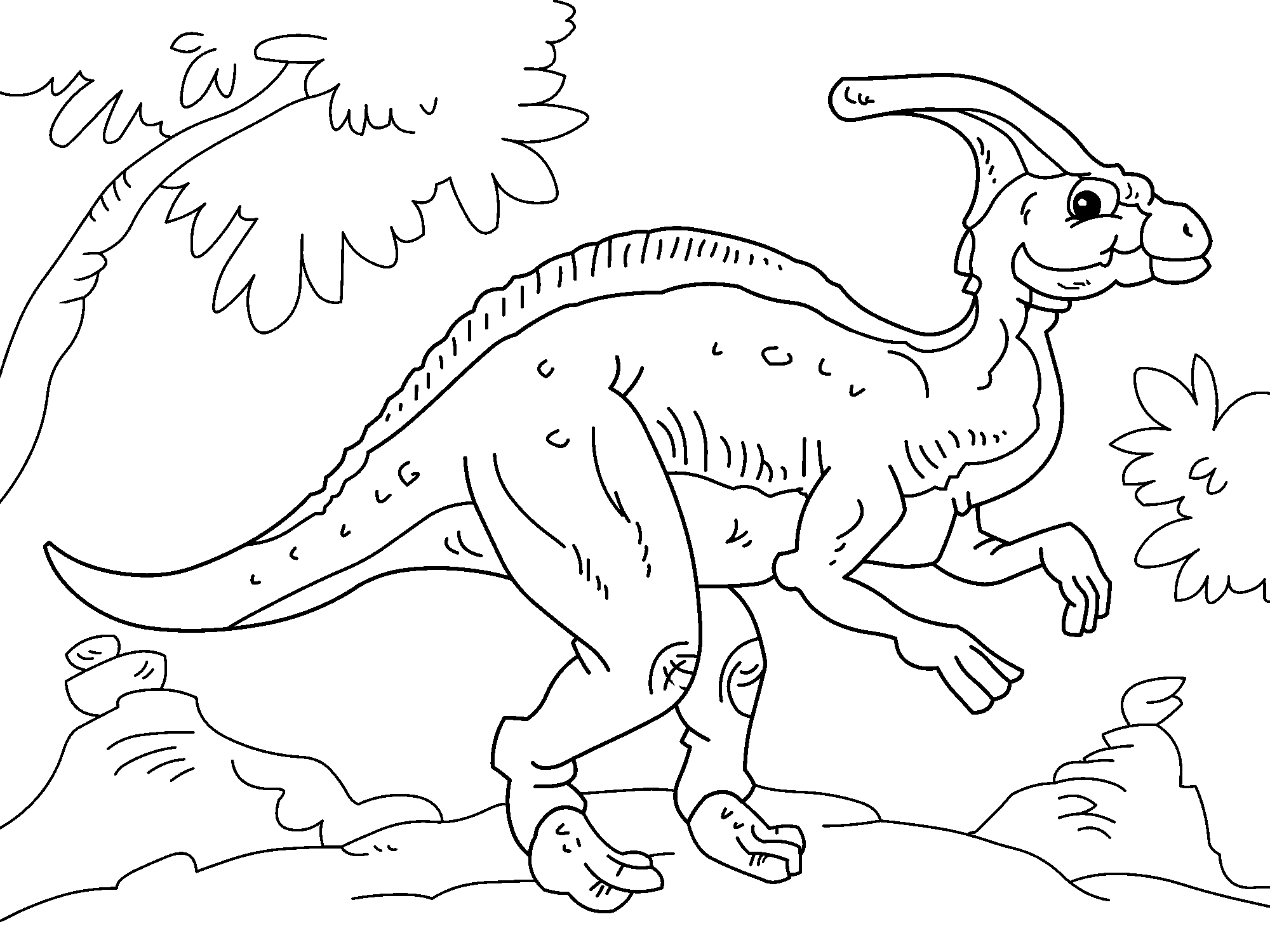
parasaurolophus coloring pages for kids 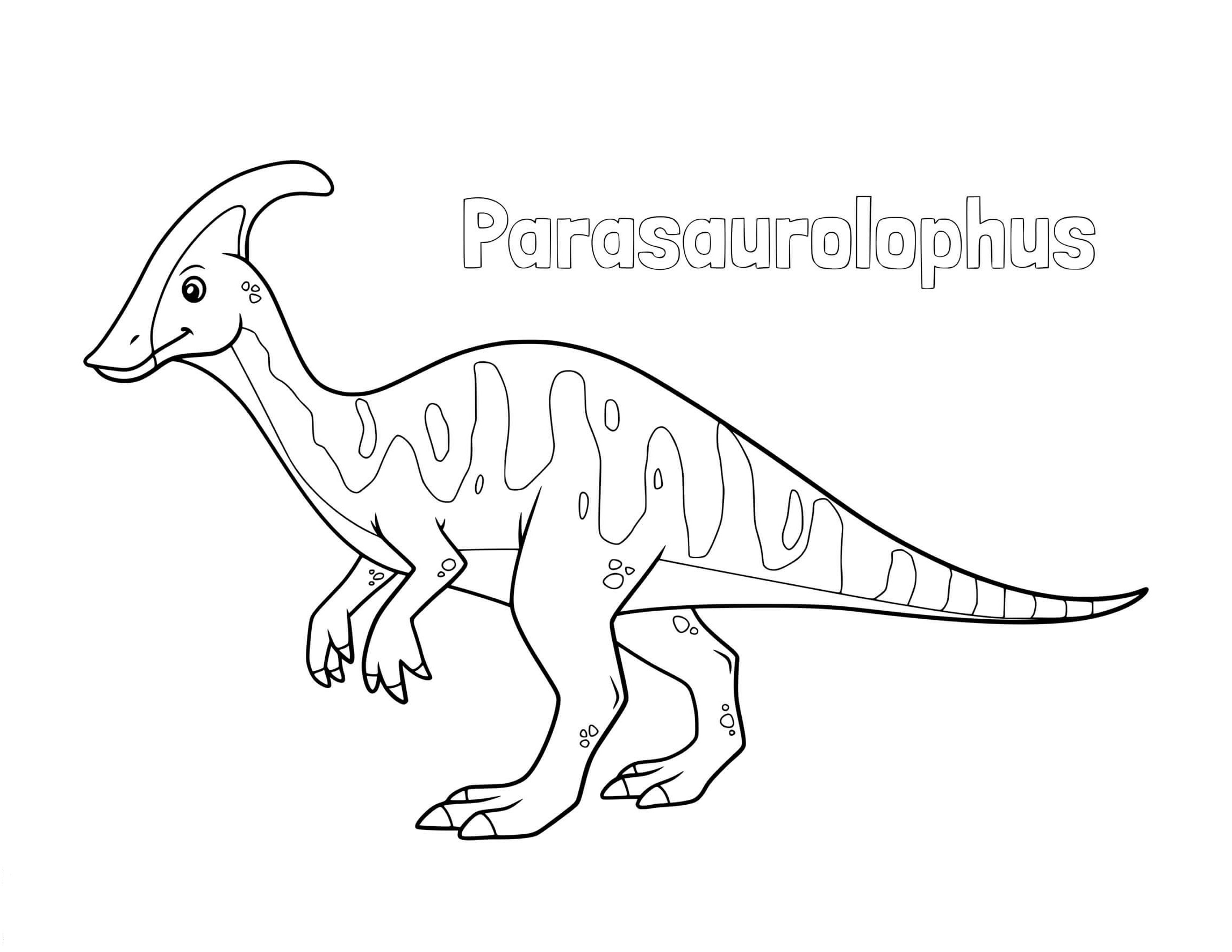
parasaurolophus coloring pages free 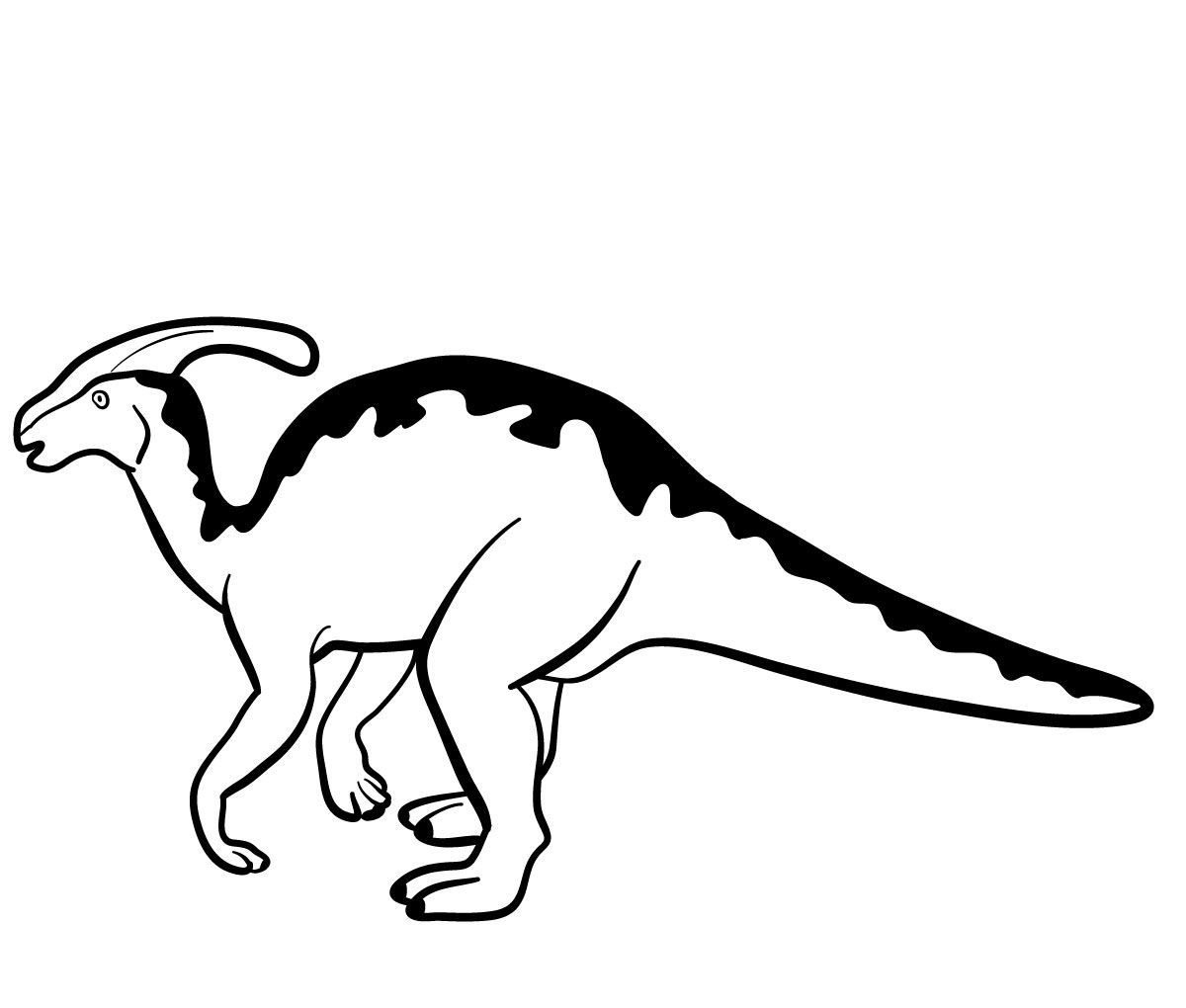
parasaurolophus coloring pages printable 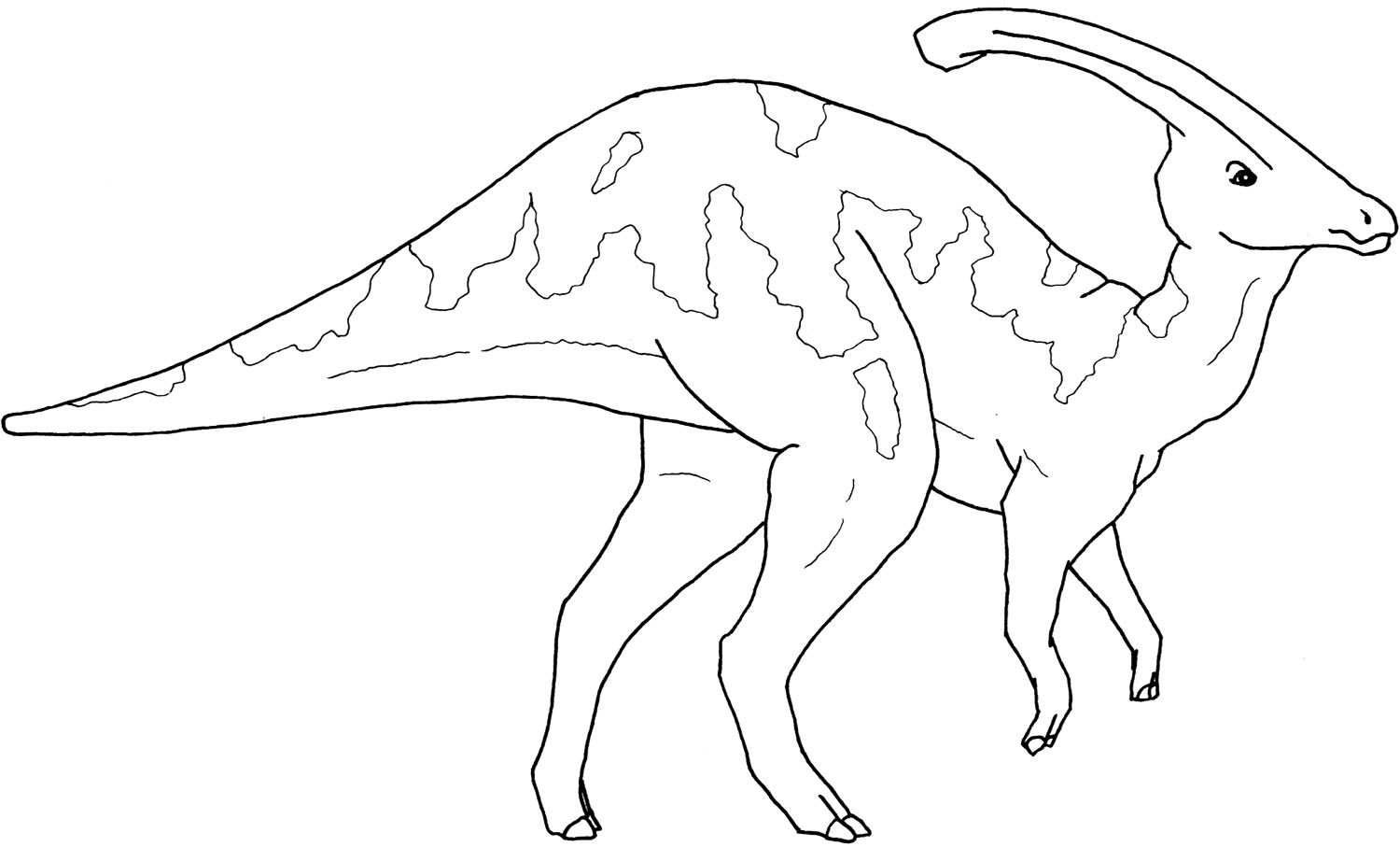
parasaurolophus coloring pages 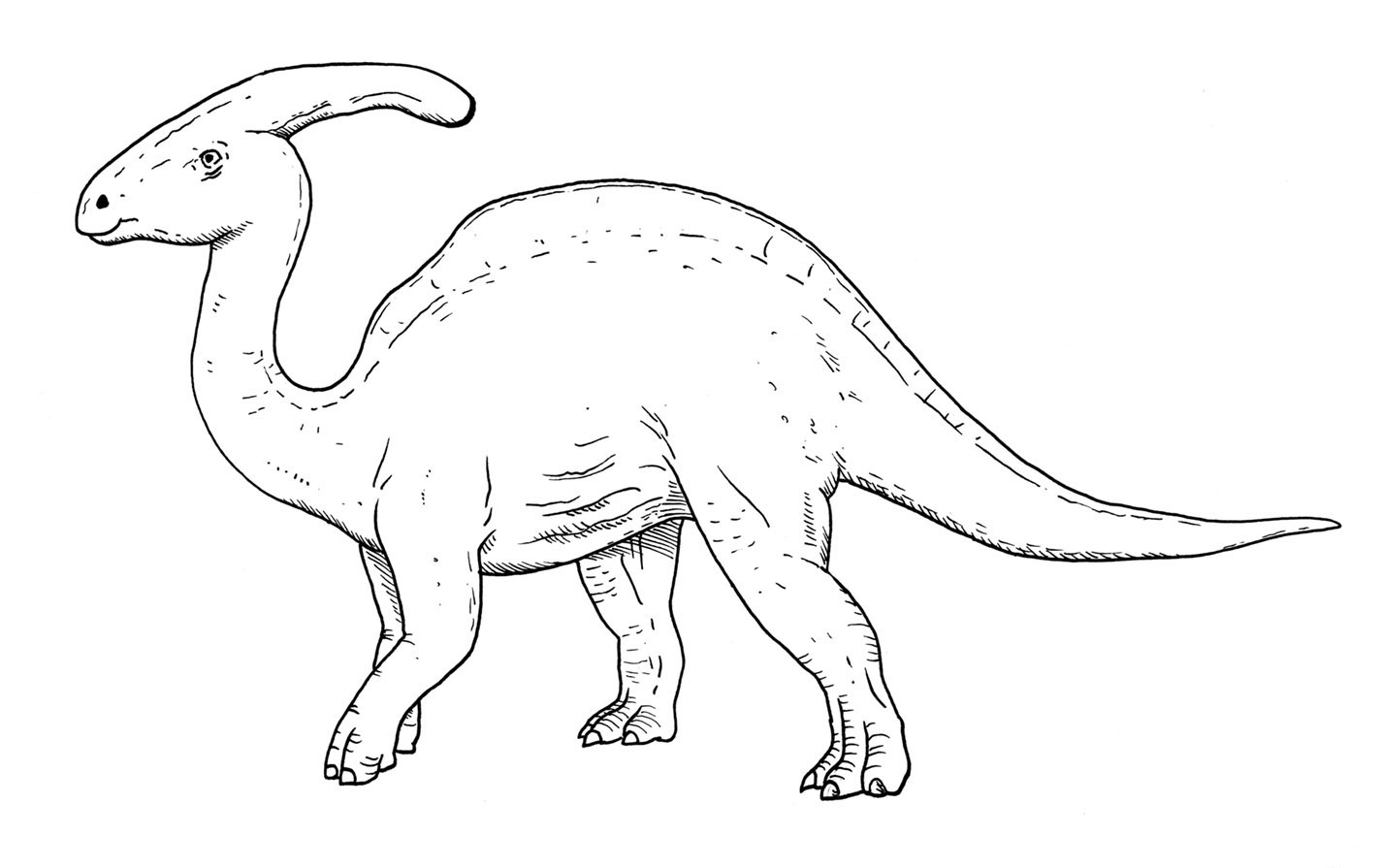
realistic parasaurolophus coloring pages
Parasaurolophus was a hadrosaurid from North America. This gentle herbivore, which lived at the end of the Cretaceous, could reach 10 m long.
Its main characteristic is this kind of bony tube almost 2 m long, which it had above its head and was hollow and connected to its nostrils.
Many paleontologists thought that Parasaurolophus had a crest that served as a snorkel. But this was impossible because the range had no opening at its end.
It is now thought that it used this crest as a kind of musical instrument. Some researchers have managed to recreate its cry by making a plastic tube and passing air through it.
It was an effective means of communication because they had to use it to alert the herd of the arrival of a dangerous predator.
Thanks to the robust forelimbs and the scapular belt, the Parasaurolophus skeleton indicates an adaptation to the quadrupedal posture.
This Lambeosaurine dinosaur was first discovered in 1922 by the paleontologist Parks. There are three genera of Parasaurolophus: P.walkeri (Parks, 1922), P.tubicen (Wiman, 1931), and P.cyrtoccristatus (Ostrom, 1961).
The female Parasaurolophus had a much smaller crest than the males. It was deduced that the range served as a sexual signal, and it is thought that the males had a more colored crest than the females.
These emitted perhaps more acute sounds. A membrane of skin must have connected the crest to its back. Parasaurolophus and another hadrosaur named Corythosaurus lived in Alberta.
These species lived side by side without competing because they fed on different plants. Parasaurolophus had several rows of overlapping teeth.
They crushed the stems with a particular chewing motion to transform them into more easily digestible pulp.